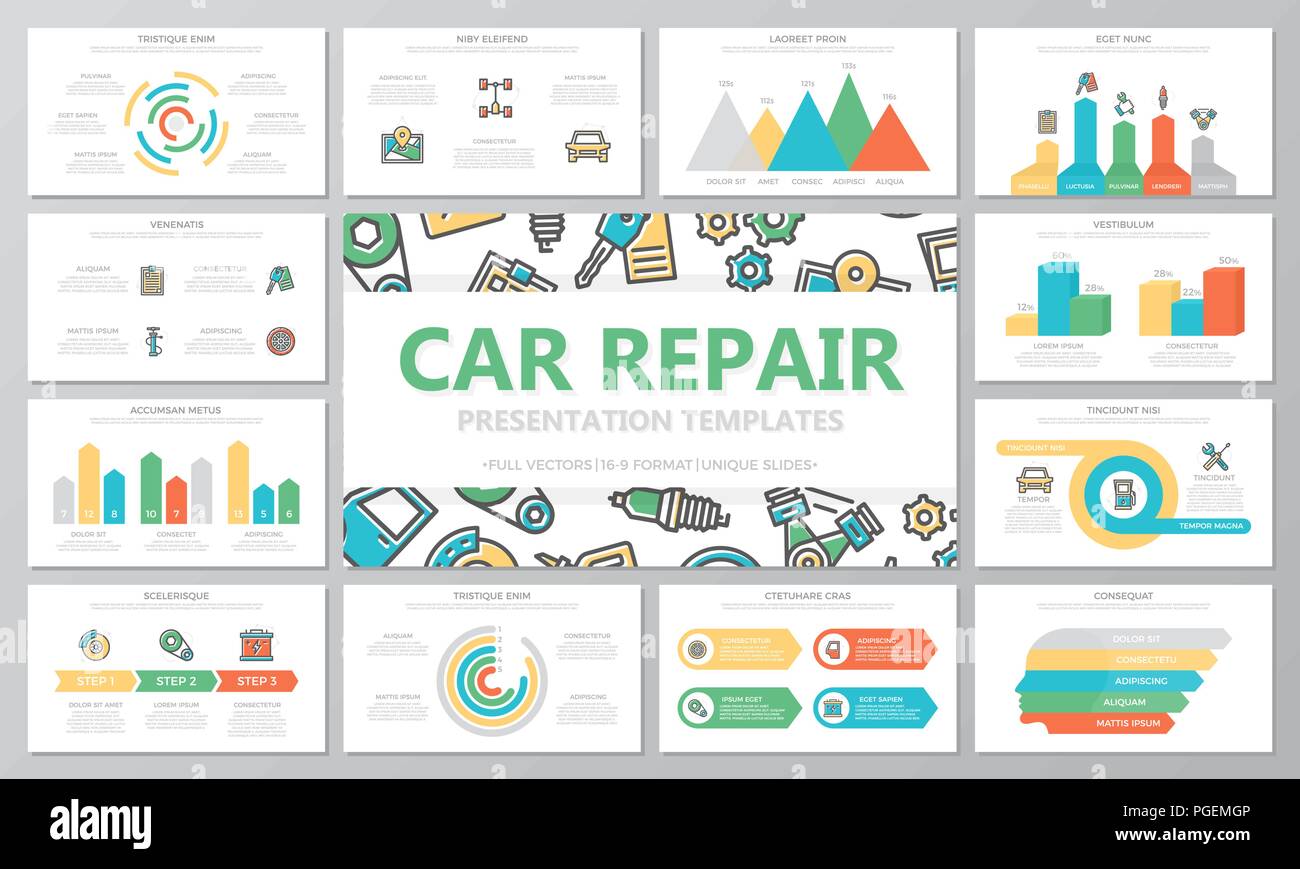Examining Your Auto'S Caution Indicators: What They Actually Communicate
Examining Your Auto'S Caution Indicators: What They Actually Communicate
Blog Article
Write-Up By-Lim Winters
When you lag the wheel, those glowing warning lights on your dashboard can be a bit difficult. Do car wash for boats recognize what they're trying to inform you concerning your automobile's wellness? Comprehending the relevance of these lights is crucial for your safety and the durability of your car. So, the next time among those lights pops up, would not you want to understand its message accurately and take the needed steps to address it?
Common Caution Lights and Interpretations
Identify usual warning lights in your vehicle and recognize their definitions to make sure secure driving.
The most typical warning lights consist of the check engine light, which indicates problems with the engine or exhausts system. If this light comes on, it's crucial to have your lorry examined without delay.
The oil pressure alerting light suggests low oil pressure, requiring immediate attention to stop engine damage.
A flashing battery light might suggest a malfunctioning charging system, potentially leaving you stranded otherwise addressed.
The tire stress monitoring system (TPMS) light alerts you to low tire pressure, influencing automobile stability and fuel effectiveness. Overlooking https://martintoidx.bleepblogs.com/32637307/the-benefit-of-mobile-automobile-describing-changes-your-vehicle-s-look-however-is-it-as-reliable-as-traditional-methods-discover-the-truth-behind-this-solution can bring about hazardous driving problems.
The abdominal light shows a trouble with the anti-lock braking system, jeopardizing your ability to quit quickly in emergencies.
Lastly, the coolant temperature warning light warns of engine overheating, which can lead to severe damage if not fixed swiftly.
Understanding these typical caution lights will certainly assist you attend to problems immediately and maintain secure driving conditions.
Importance of Prompt Interest
Understanding the usual warning lights in your auto is just the first step; the importance of promptly attending to these warnings can not be emphasized enough to guarantee your safety and security when driving.
When a caution light illuminates on your dashboard, it's your automobile's way of interacting a possible concern that requires attention. Disregarding these cautions can bring about a lot more extreme problems down the road, compromising your safety and potentially costing you more in repairs.
Motivate interest to alerting lights can stop malfunctions and mishaps. For example, a blinking check engine light could indicate a misfire that, if left neglected, might cause damages to the catalytic converter. Resolving https://www.wesh.com/article/finding-the-right-auto-mechanic-for-your-car/37669216 can save you from a pricey repair work.
Similarly, a brake system alerting light may signify low brake fluid or worn brake pads, crucial parts for your safety and security when driving.
DIY Troubleshooting Tips
If you see a caution light on your control panel, there are a couple of DIY troubleshooting tips you can attempt prior to seeking professional aid.
The primary step is to consult your auto's handbook to understand what the specific caution light shows. In some cases the issue can be as straightforward as a loose gas cap triggering the check engine light. Tightening the gas cap may resolve the issue.
Another usual problem is a low battery, which can set off various warning lights. Checking the battery links for deterioration and ensuring they're safe could take care of the trouble.
If a caution light lingers, you can try resetting it by separating the car's battery for a couple of minutes and then reconnecting it. In addition, examining your vehicle's fluid degrees, such as oil, coolant, and brake fluid, can help fix cautioning lights related to these systems.
Final thought
Finally, recognizing your automobile's caution lights is vital for keeping your automobile running efficiently and safely. By without delay addressing these alerts and understanding what they imply, you can avoid pricey repair work and potential failures.
Bear in mind to consult your cars and truck's manual for certain information on each alerting light and take action appropriately to make certain a trouble-free driving experience.
Keep notified, stay risk-free on the road!
